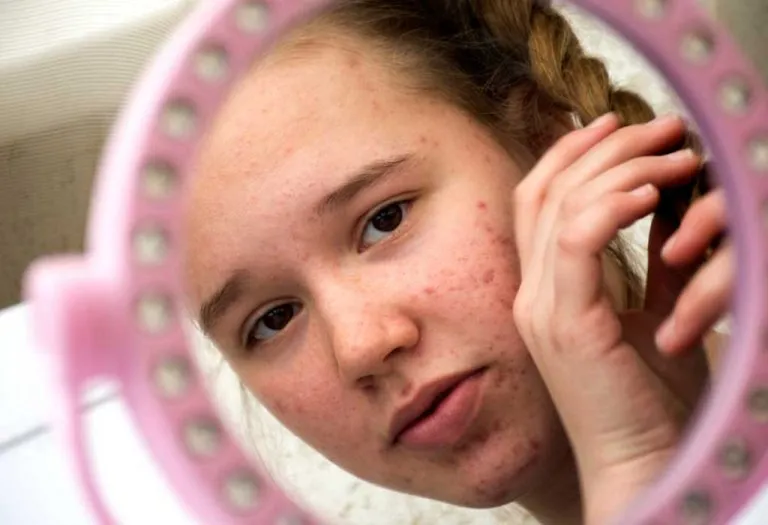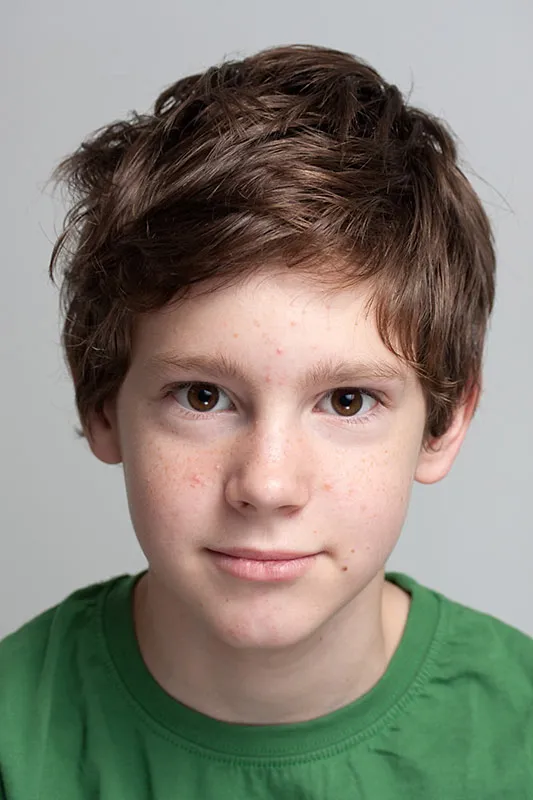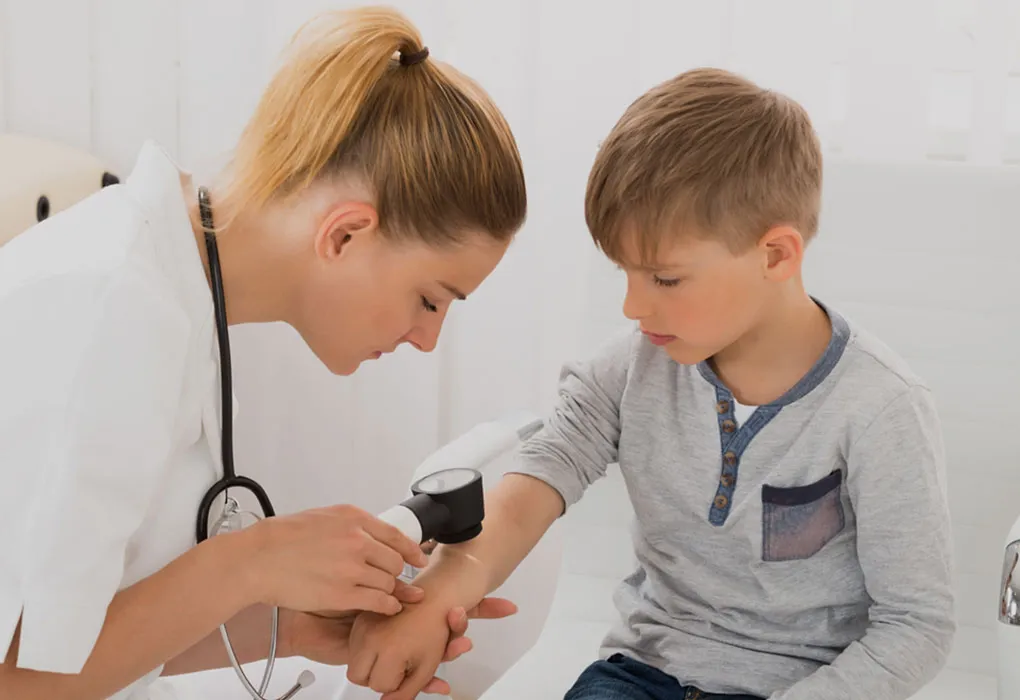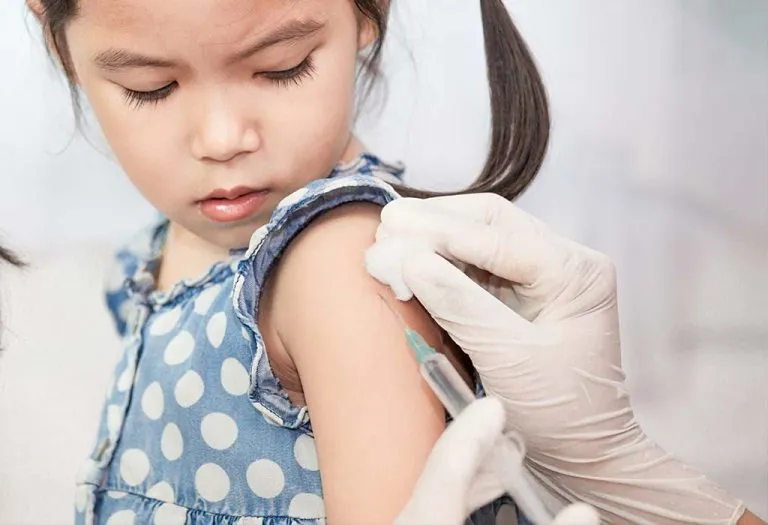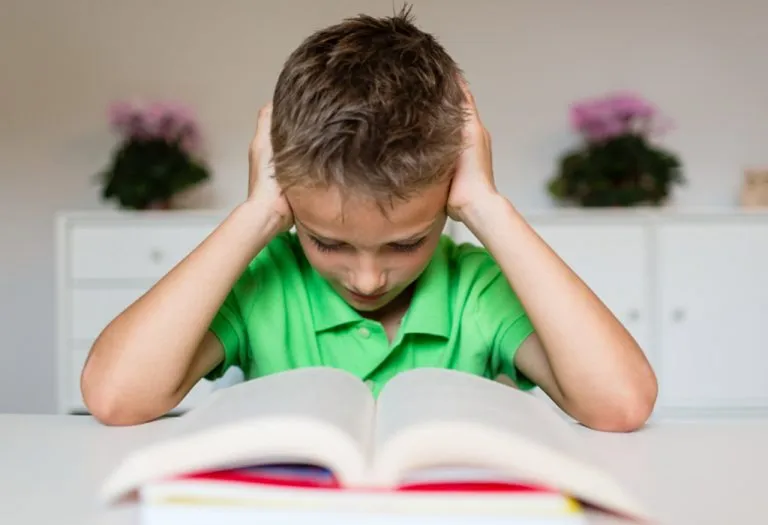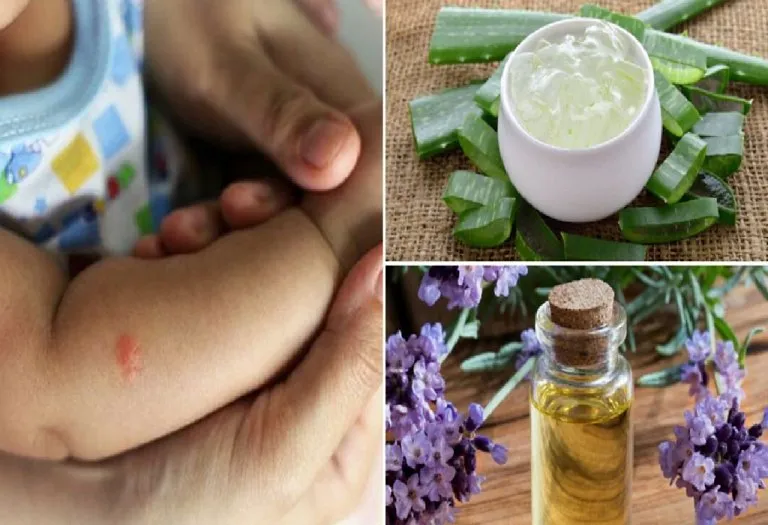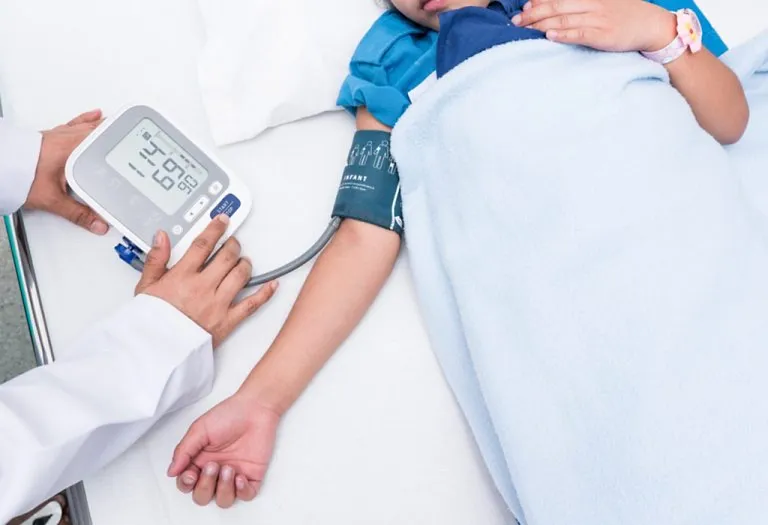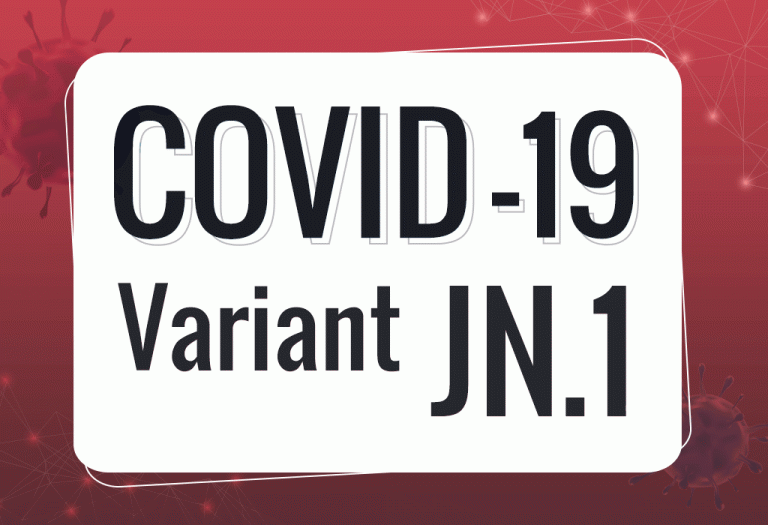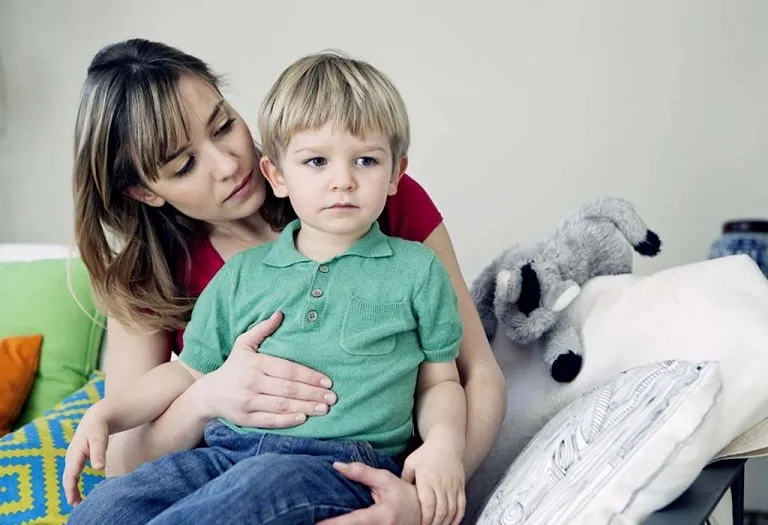Acne in Kids: Causes, Signs and Treatments

Adolescents and adults are susceptible to acne on their faces and other body parts. However, they are not the only ones who suffer from this problem. Sometimes, children may also get acne, which can be concerning for parents. Suppose you are alarmed by the appearance of acne on your child’s skin. In that case, this article can help you understand the causes, recognize the symptoms, and provide effective strategies to mitigate the problem efficiently. By gaining insight into the different factors that contribute to acne in children, you can take appropriate steps to ensure your child’s skin remains healthy and clear. Read on to learn more about pimples on a child’s face.
What Is Acne?
Acne is a term used to describe a disorder of the sebaceous glands and hair follicles. Pimples, plugged pores, and lumps occurring on the face, back, neck, chest, and upper back are considered acne. Acne occurs when the sebum (natural oil of the skin) gets trapped inside the hair follicle (base of hair roots), fostering an environment for bacterial growth inside. This causes inflammation of the follicle and irritation of the skin. Newborn acne is caused if the mother has passed on the hormones before delivery or the baby’s body produces the hormones due to the stress of birth.
Types of Acne
The types of acne are as follows:
- Pustules: Pustules are close to the surface of the skin and are caused by inflamed hair follicles.
- Papule: Papule is found deeper into the skin, where the walls of the follicle are irritated.
- Nodules: These occur as a result of the growth of abnormal tissue and develop just below the skin. Nodules are solid, large, and deep.
- Cyst: Cyst is a kind of acne which is filled with pus.
Progression of Acne
Acne progresses slowly in the manner described below:
- Partially blocked hair follicles resulting in semisolid, black plugs called blackheads.
- Completely blocked follicles resulting in semisolid, white plugs known as whiteheads.
- Whiteheads form due to infection and irritation.
- The follicles burst as a result of being plugged, causing oil, bacteria, and accumulated skin cells to spill onto the surface of the skin. This further irritates the skin and causes it to develop lesions or pimples.
What Causes Acne in Kids?
If you are wondering if kids can get pimples, then the answer is yes. Toddler acne on face is a common disorder, and there are many causes of acne in childhood. The level of hormones that spike during puberty is attributed to the appearance of acne.
Besides this, the following are the causes of acne in kids:
- Using hair care and skin care products that contain harsh skin irritants.
- Washing face too often, especially with hot water or strong soaps, can also result in acne.
- Pervasion and spreading occur rapidly with plucking or picking pimples.
- Stress-induced acne is a very common cause for child acne in 4-year-olds.
- Perspiring and dandruff on the hairline also increase the chances of acne on the face.
- Facial oil increases when hair falls on the face, increasing a chance for breakouts.
- Clothing accessories like tight straps cause hair follicles to get blocked.
- Equipment abrasion against the skin frequently can also aggravate acne formation.
- Helmets, turtlenecks, shoulder pads, headbands etc. can be a cause for acne formation.
- Use of cosmetics and cream can block pores and if the face is not cleaned properly, it may lead to acne formation.
- Humidity in the air can create pimples.
- Certain medicines, like corticosteroids, can result in the development of acne, too.
What Are the Symptoms of Acne in a Child?
Every child may present different symptoms of acne. The symptoms present themselves in areas of skin with a high concentration of sebaceous glands like the face, shoulders, chest, upper back, and neck. Pimples on kids sometimes mimic the symptoms of other skin conditions. It is wise to consult a dermatologist for a proper diagnosis if you notice the following signs in your child:
- Small, skin-coloured bumps or whiteheads
- Small, dark-coloured bumps or blackheads
- Reddish, inflamed and pus-filled pimples
- Solid nodules that look like raised bumps
- Darkening of skin in areas
- Scarring of skin
How Is Childhood Acne Diagnosed?
Consult a dermatologist. A doctor will examine the medical and environmental history of the child, along with the current symptoms of acne. An examination of the affected areas would help you determine whether the symptoms are acne or not. If you are consulting with a paediatrician, they may refer you back to a dermatologist.
How Is Acne Treated in Children?
Acne treatment depends on a child’s age, general health, and symptoms. The kids acne treatment suggested will be regular yet gentle. The suggested treatment for paediatric acne may include the following:
- Gels, lotions, cleansers, and creams that are non-prescription products
- Chemical peels, dermabrasion treatments, and laser therapies
- Injection of medicine into the skin or draining of a cyst
- Switching to noncomedogenic or non-acnegenic products for makeup and skincare as they do not clog the pores
- Topical prescriptions
- Benzoyl peroxide: Bactericide
- Tretinoin: Improves cell turnover and prevents the development of fresh lesions.
- Adapalene: Prevents the formation of comedones
- Antibiotics: Arresting bacterial growth
- Oral prescriptions
- Tetracycline, erythromycin, and doxycycline are commonly used to treat mild cases of acne.
- Isotretinoin is used to prevent scarring and the appearance of new acne in severe cases where other treatments have failed.
Are There Any Possible Complications?
Complications stemming from acne are mainly related to lasting scar formation and the development of severe infection. Another complication that is related to acne is the socio-psychological issues of self-esteem, depression, anxiety, and suicidal thoughts.
How to Prevent Acne in Kids?
Acne may last long or may occur for a few days and then stop all of a sudden. However, early intervention and preventive tips may help lessen the development of severe acne. To prevent acne in your child, here are some points that you should remind your child of:
- Constantly remind the child not to squeeze, pop, or pick at zits and pimples. This proliferates the infection and increases the chances of permanent scarring.
- Work with your doctor when non-prescription drugs are not effective in treatment.
- Go for counselling when you feel the child is emotionally affected by this condition.
- Consider professional dermatologists for the treatment of severe acne.
- Stop treatment slowly; do not discontinue if there are still signs of acne.
- Endorse gentle and regular skincare with your child.
When to Consult a Doctor?
Consult a dermatologist if your child’s acne is getting worse or if non-prescription drugs lack efficacy. Also, consult a professional when your child is upset and emotionally affected by the acne problem.
FAQs
1. Can dietary changes help reduce acne in children?
Yes, dietary changes can sometimes help reduce acne in children. While there is no one-size-fits-all diet for preventing acne, reducing the intake of sugary foods and dairy products has been found to help some children. Incorporating more fruits, vegetables, and whole grains can promote overall skin health.
2. How can I differentiate between acne and other skin conditions in my child?
Differentiating between acne and other skin conditions in children can be challenging. Acne typically presents as pimples, blackheads, and whiteheads on the face, chest, and back. Other skin conditions, such as eczema, rosacea, or allergic reactions, may have different characteristics, such as redness, itching, or rashes. Consulting a dermatologist for an accurate diagnosis is crucial to ensure appropriate treatment.
3. Can certain medications cause acne in children?
Yes, certain medications can cause or worsen acne in children. Some medications, such as corticosteroids, lithium, and certain anticonvulsants, can lead to acne breakouts as a side effect. If you suspect that a medication is contributing to your child’s acne, it is important to consult with a healthcare professional. They can assess the situation and potentially recommend alternative treatments.
4. Is it normal for infants to develop acne?
Yes, it is relatively common for infants to develop a form of acne known as neonatal acne. This type of acne typically appears on the cheeks, forehead, and chin within the first few weeks after birth. It is usually harmless and resolves on its own without treatment within a few months.
Preventive care and timely treatment of acne can go a long way in helping a child maintain a good self-image and be interactive in social situations. Help your child by being thorough and clarifying doubts during a consultation. Make sure to keep up with follow-up appointments, and educate your child about the importance of a healthy lifestyle in reducing the formation of acne.
References/Resources:
1. Acne in Children; Stanford Medicine; https://www.stanfordchildrens.org/en/topic/default?id=acne-in-children-90-P01571
2. Acne in Children; Children’s Hospital of Philadelphia; https://www.chop.edu/conditions-diseases/acne-children
3. Acne in Children; Johns Hopkins Medicine; https://www.hopkinsmedicine.org/health/conditions-and-diseases/acne-in-children
4. Baby Acne; Cleveland Clinic; https://my.clevelandclinic.org/health/diseases/17822-baby-acne
5. Acne; The Royal Children’s Hospital Melbourne; https://www.rch.org.au/kidsinfo/fact_sheets/acne/
6. Acne; Nemours Kids Health; https://kidshealth.org/en/kids/acne.html
7. Acne in children; DermNet; https://dermnetnz.org/topics/acne-in-children
Stye in Children
Head Injury in Kids
Moles on Child’s Body
Burn Injury in Children
Home Remedies for Scars in Children
Was This Article Helpful?
Parenting is a huge responsibility, for you as a caregiver, but also for us as a parenting content platform. We understand that and take our responsibility of creating credible content seriously. FirstCry Parenting articles are written and published only after extensive research using factually sound references to deliver quality content that is accurate, validated by experts, and completely reliable. To understand how we go about creating content that is credible, read our editorial policy here.






